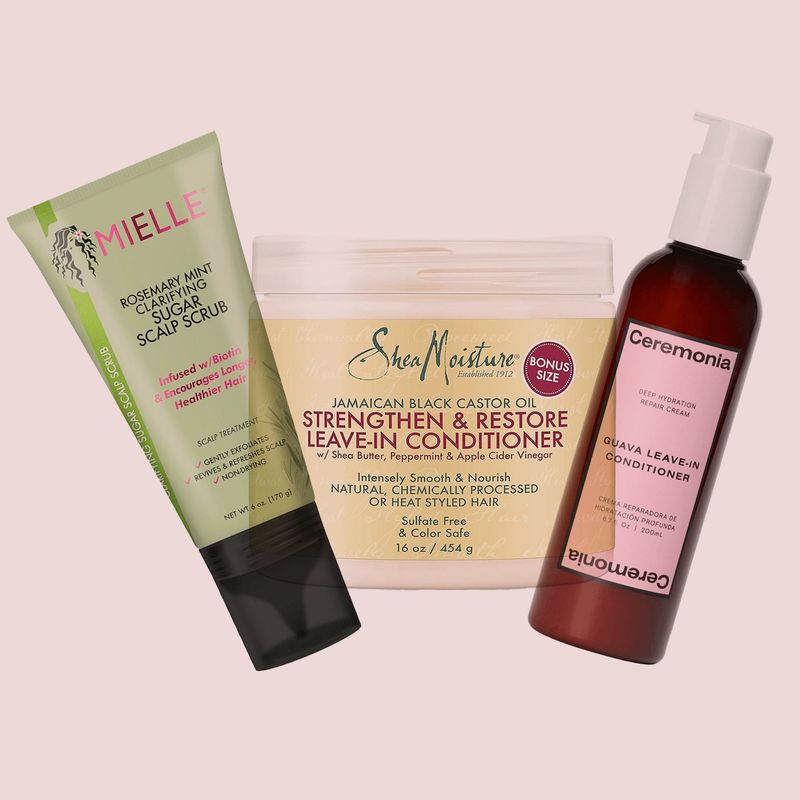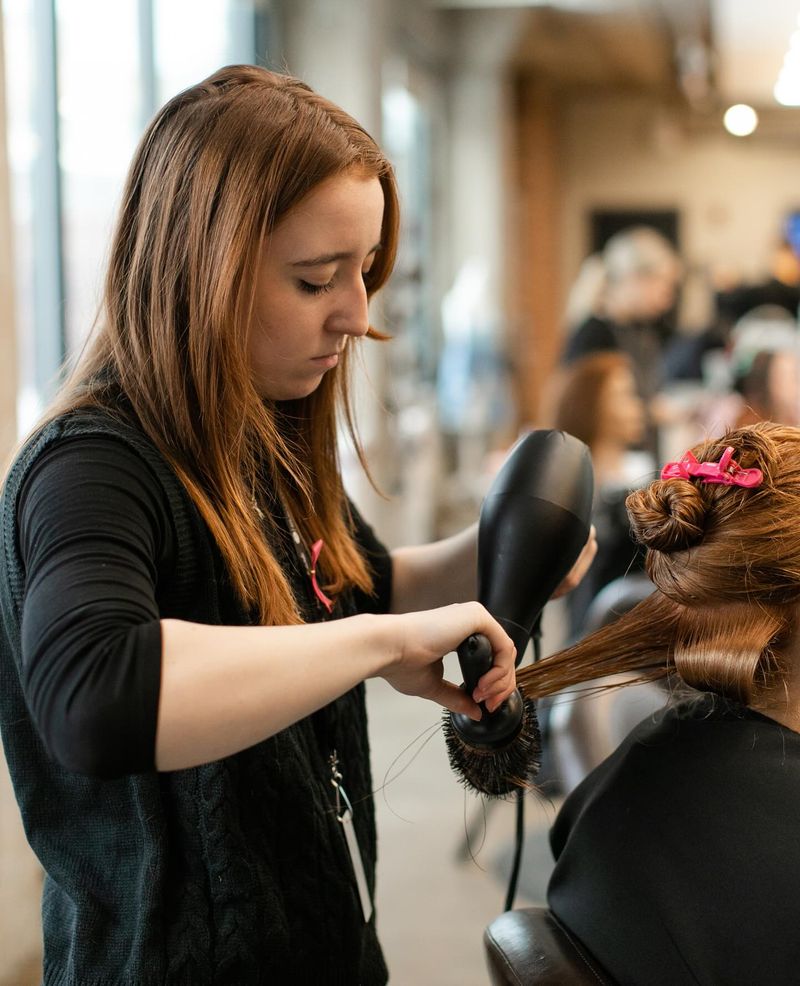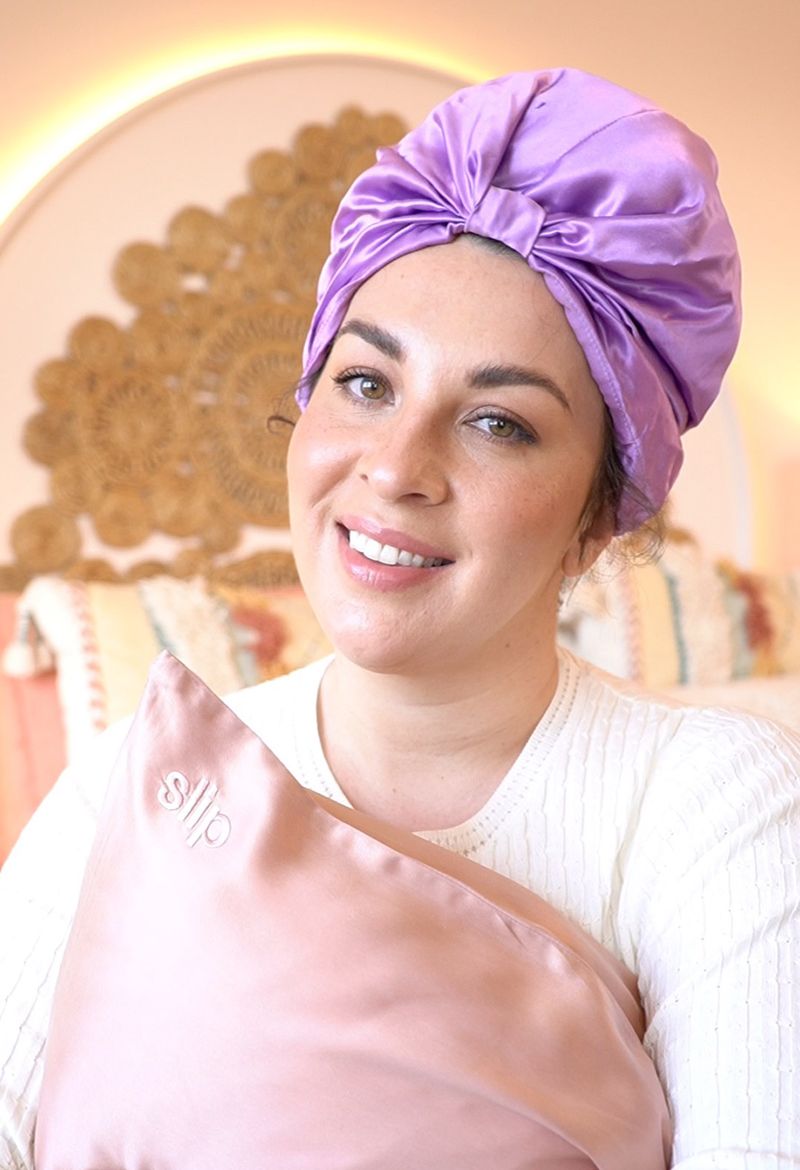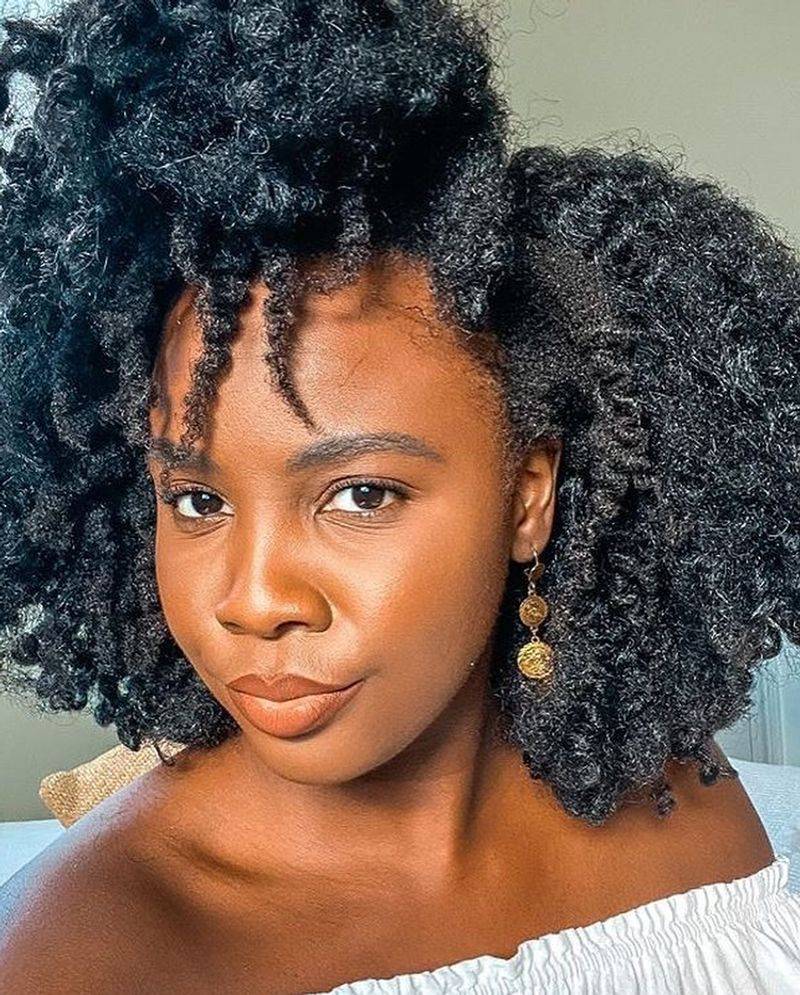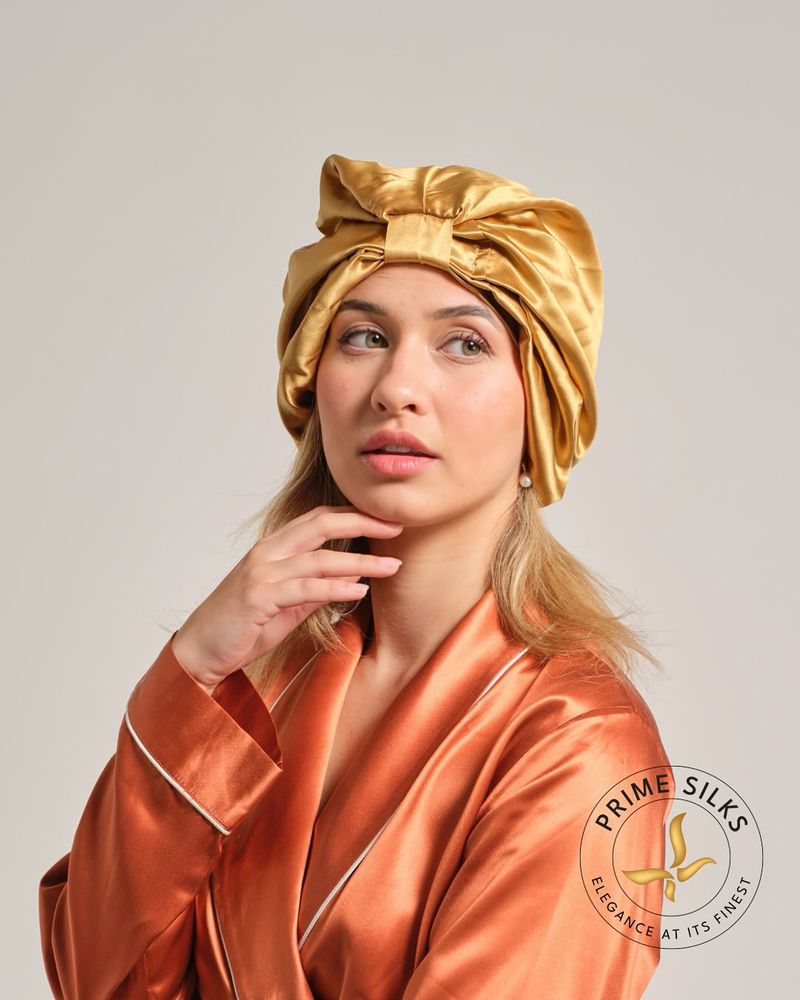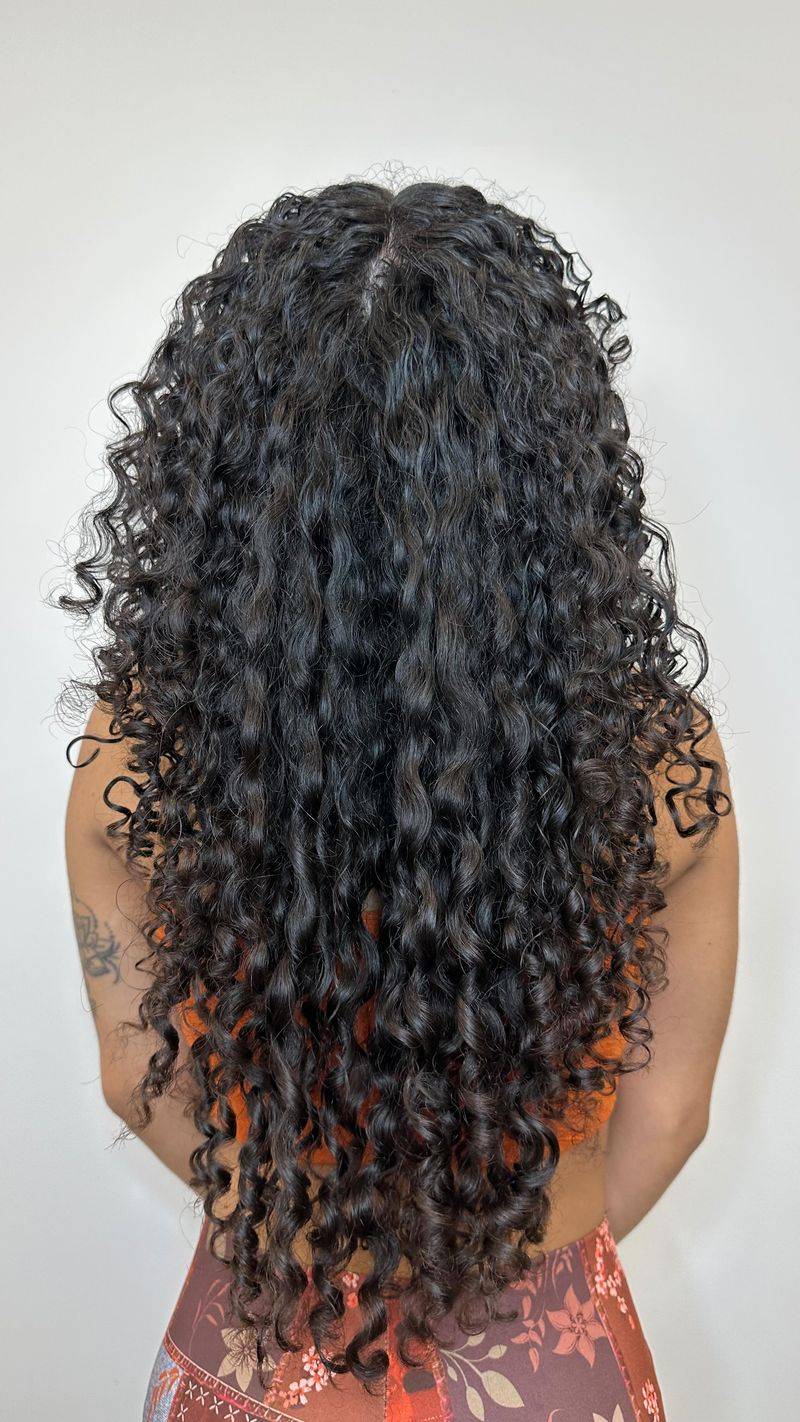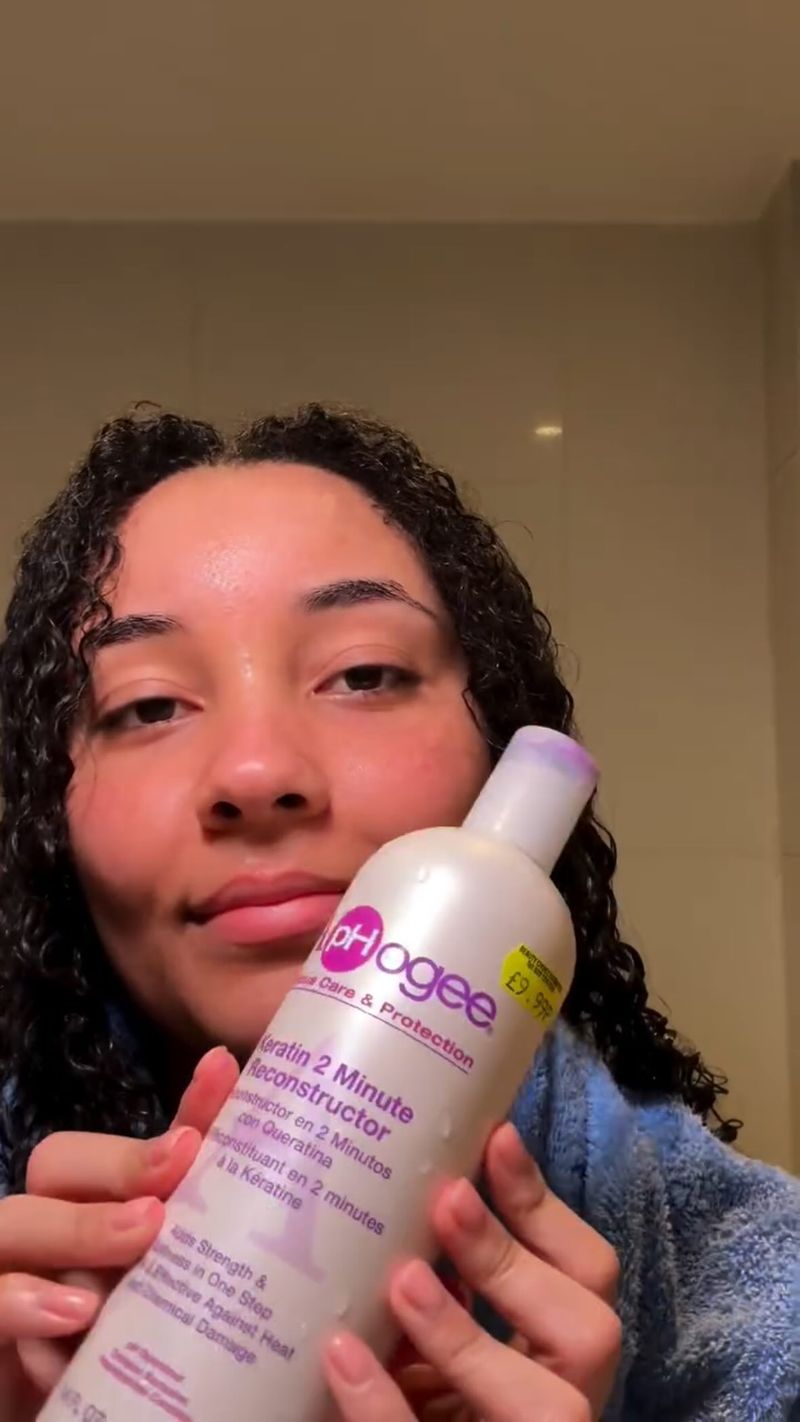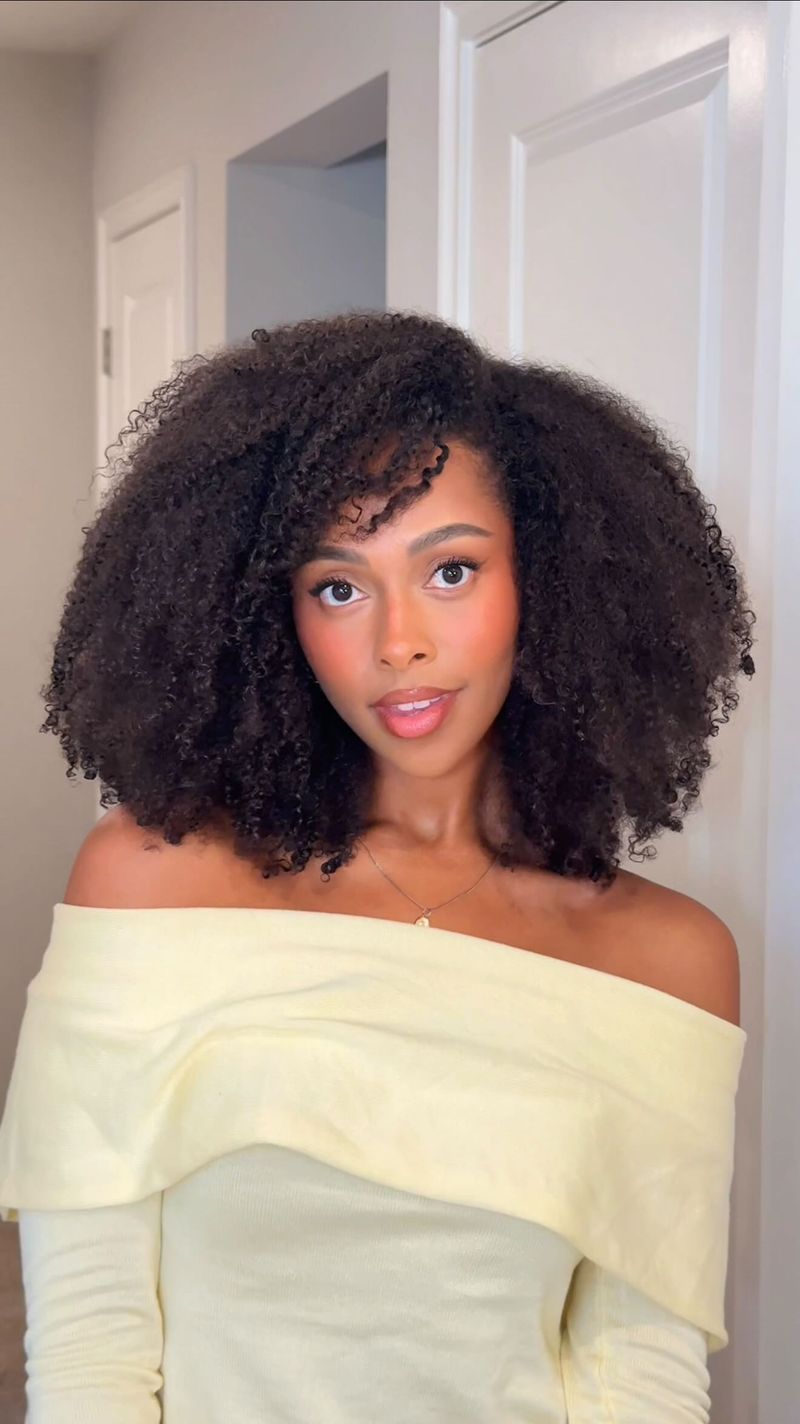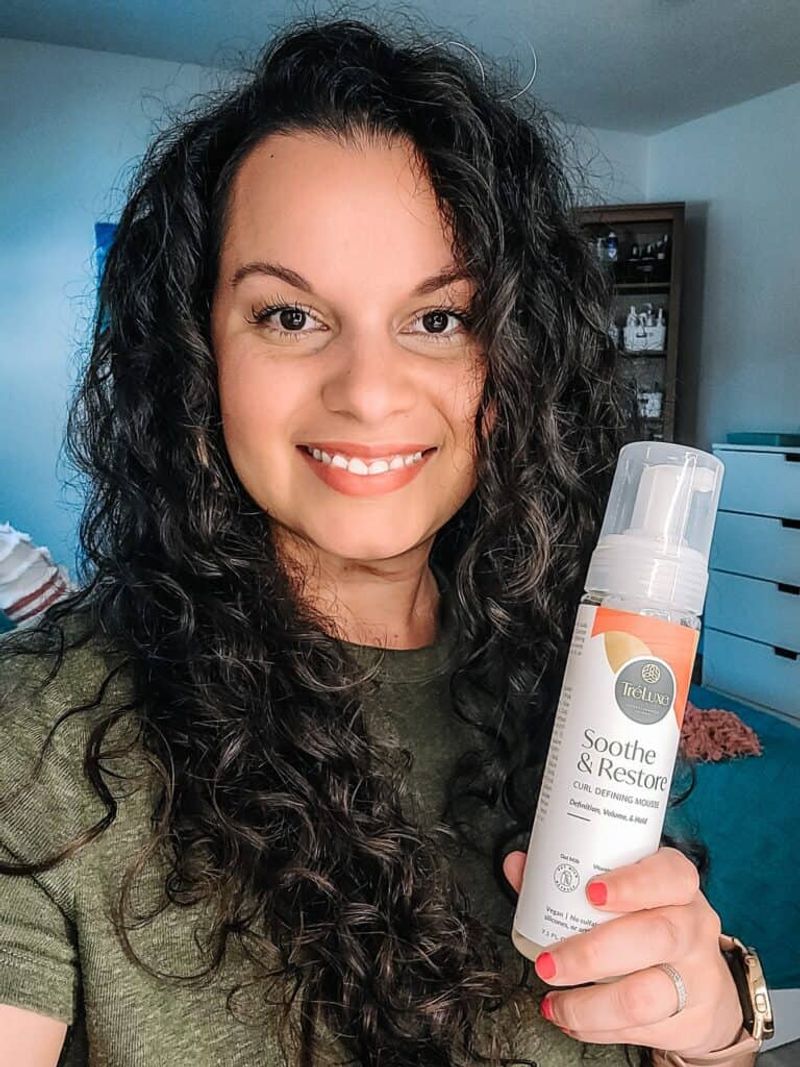12 Tips For Reducing The Volume Of Your Natural Hair
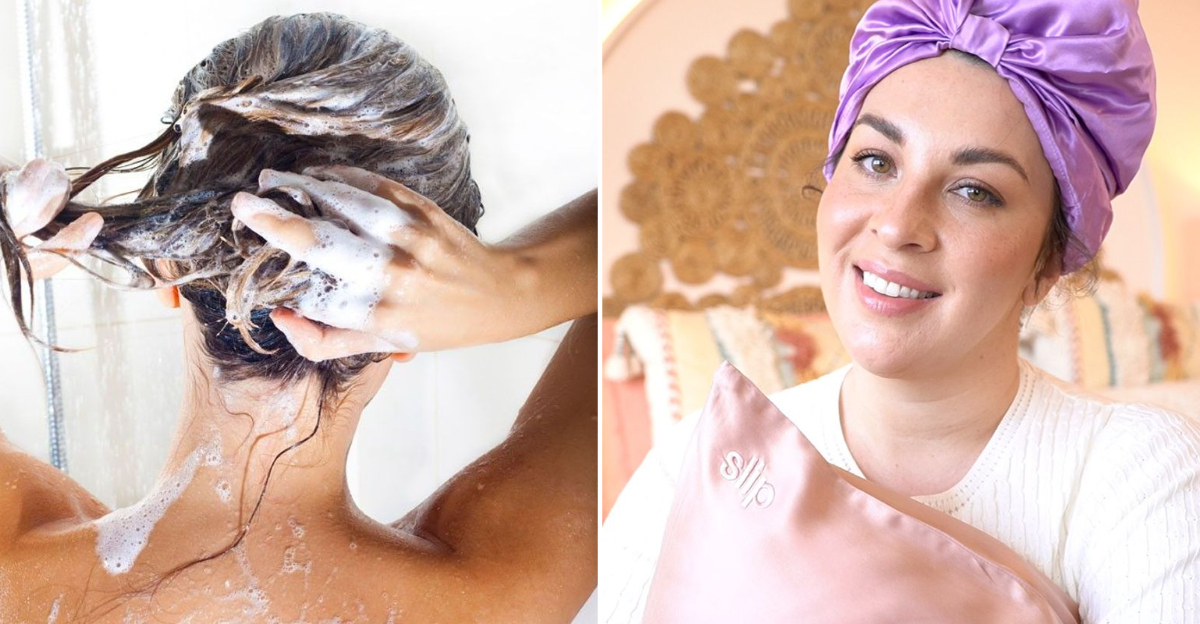
Managing voluminous natural hair can sometimes feel like wrangling a wild beast. I’ve spent years figuring out how to tame my own massive mane without sacrificing its health or natural beauty.
Through countless bad hair days and unexpected humidity attacks, I’ve gathered practical strategies that work.
Here’s my collection of tips that have saved me from looking like I stuck my finger in an electrical socket on important days.
1. Weigh It Down With Moisture-Rich Products
Natural hair craves moisture, and properly hydrated strands actually behave better. My game-changer was switching to heavier, cream-based products that coat each strand fully.
Water-based moisturizers just weren’t cutting it for my thick curls. I now use butters and oils that actually stay on my hair rather than evaporating. These heavier products create a gentle weight that helps hair hang with less poof. The trick is finding that sweet spot between enough moisture to weigh hair down and so much that it becomes greasy or flat. Start with a small amount and build up as needed.
2. Master The Art Of Tension Blow-Drying
Forget free-form blow-drying that just creates more frizz. Tension is your friend here. I grab sections of my hair and gently pull them straight while aiming the dryer down the hair shaft.
This technique smooths the cuticle and temporarily relaxes the curl pattern without damaging heat. The key is using medium heat (never high) and keeping the dryer moving constantly. A concentrator attachment makes all the difference by focusing the airflow precisely where you want it. My hair stays smoother and less voluminous for days when I take the extra 15 minutes for proper tension drying.
3. Try Overnight Banding Methods
Banding changed my hair game completely. After washing, I section my damp hair and wrap small hair ties every few inches down each section. No heat required!
The gentle pressure from the bands stretches my curls while they dry overnight. I wake up to significantly less volume and more length. This method works because it trains the hair to dry in a more elongated state. For extra effectiveness, I apply a leave-in conditioner before banding. The bands should be snug but not tight enough to cause breakage or discomfort while sleeping. Satin scrunchies work best for preventing dents.
4. Embrace Protective Styling
Braids, twists, and buns aren’t just stylish—they’re strategic volume controllers. I rotate through these styles to keep my hair manageable when humidity threatens to expand it to twice its size.
Tight, sleek styles physically restrict the hair from expanding outward. The longer you keep a protective style in, the more your hair adapts to that shape. My favorite is a two-strand twist that I leave in for 2-3 days before unraveling. Remember to moisturize well before styling, as dry hair in protective styles can lead to breakage. Apply a light oil to your fingertips when taking down the style to reduce friction.
5. Get Strategic Haircuts
Not all curly cuts are created equal! I learned this expensive lesson after a standard layered cut turned my hair into a triangle. Now I ask specifically for weight removal techniques. Long layers can increase volume, while blunt cuts help weigh down the ends. Tell your stylist exactly what you want—less volume, not more movement.
They might suggest techniques like undercutting or interior layers that remove bulk without changing your overall shape. Bring pictures showing both what you want and what you don’t want. And always go to someone experienced with your specific hair texture who understands how it behaves when dry.
6. Sleep With Silk-Wrapped Hair
My morning hair volume dropped dramatically when I started wrapping my hair at night. Not just with any old scarf, but specifically with silk or satin.
Cotton pillowcases create friction that roughens the cuticle and increases frizz and volume. Wrapping hair flat against your head overnight trains it to lay closer to the scalp. I personally prefer a silk scarf wrapped in a method that keeps my hair compressed rather than a bonnet that allows movement.
For extra volume control, apply a tiny bit of oil to your hands before wrapping. This adds a protective layer that helps hair maintain its smoother state through the night.
7. Rinse With Cold Water
Hot showers feel amazing but they’re secretly volume-boosting culprits! I discovered this when traveling to a place with only cold water and noticing my hair laid much flatter than usual.
Hot water opens the hair cuticle, creating more space for frizz and expansion. Cold water does the opposite—it seals the cuticle tight, creating smoother strands that reflect more light and take up less space. Now I always finish my hair washing routine with a 30-second cold rinse.
You don’t need arctic temperatures—just cool enough to feel a noticeable difference from your shower temperature. Your hair will thank you with less volume and more shine.
8. Apply Products To Soaking Wet Hair
Timing matters enormously with product application. I used to towel-dry first, but discovered my hair absorbed products completely differently when soaking wet.
Products applied to dripping wet hair distribute more evenly and lock in the hair’s most compact state. I step out of the shower and immediately apply my leave-in conditioner and styling cream before my hair has a chance to start expanding. The water helps dilute and spread products throughout my hair.
Use a wide-tooth comb to ensure even distribution from roots to ends. You’ll need slightly more product than you would on damp hair, but the results—significantly reduced volume—make it worthwhile.
9. Master The Art Of Hair Pinning
Bobby pins aren’t just for updos—they’re secret weapons for volume control! I use them strategically to train my hair to lay flatter during crucial drying hours.
After applying products to wet hair, I pin sections flat against my head in the direction I want them to dry. This physically restricts the hair’s natural tendency to expand outward as it dries. The technique works especially well at the crown and sides where volume tends to be most noticeable.
Use flat metal clips for larger sections and bobby pins for smaller areas. Leave them in until hair is at least 80% dry for the most lasting effect on your hair’s volume.
10. Try Protein Treatments
My hair became notably less puffy after incorporating regular protein treatments. Hair that’s protein-deficient often swells and takes up more space than necessary.
Protein treatments work by filling in gaps in the hair shaft, creating a smoother surface that reflects light better and physically takes up less space. I do a light treatment every two weeks and a stronger one monthly. The key is finding the right protein-moisture balance for your specific hair type.
Watch for signs of protein overload like brittleness or stiffness. Back off if your hair starts feeling too hard after treatment. When balanced correctly, protein makes hair hang with less volume while looking healthier.
11. Stretch Your Curls With Banding
Banding isn’t just for nighttime—it’s a daytime styling technique too! After washing, I section my hair and use small, soft elastics to create ponytails down the length of each section.
The gentle tension elongates my curl pattern without heat damage. I leave the bands in for several hours or overnight if possible. When removed, my curls retain much of that stretched state, resulting in less width and more length.
Space the bands evenly, about 2-3 inches apart, depending on your hair length. The more bands you use, the more stretched your curls will be. Just be careful not to pull too tight at the roots to avoid tension damage.
12. Avoid Glycerin On Humid Days
Product ingredients matter tremendously for volume control. I learned the hard way that glycerin—found in many natural hair products—can actually increase volume in humid weather.
Glycerin is a humectant that draws moisture from the air into your hair. Great for hydration, terrible for volume control when humidity is high! I now check ingredients lists carefully and swap to glycerin-free products during muggy months.
Anti-humidity serums containing silicones work better for me when the weather’s damp. They create a barrier that prevents moisture from entering the hair shaft and causing unwanted expansion. My hair stays significantly flatter even on the most humid days.

